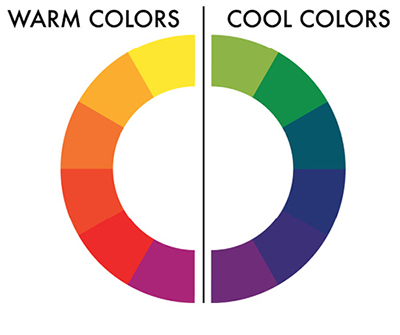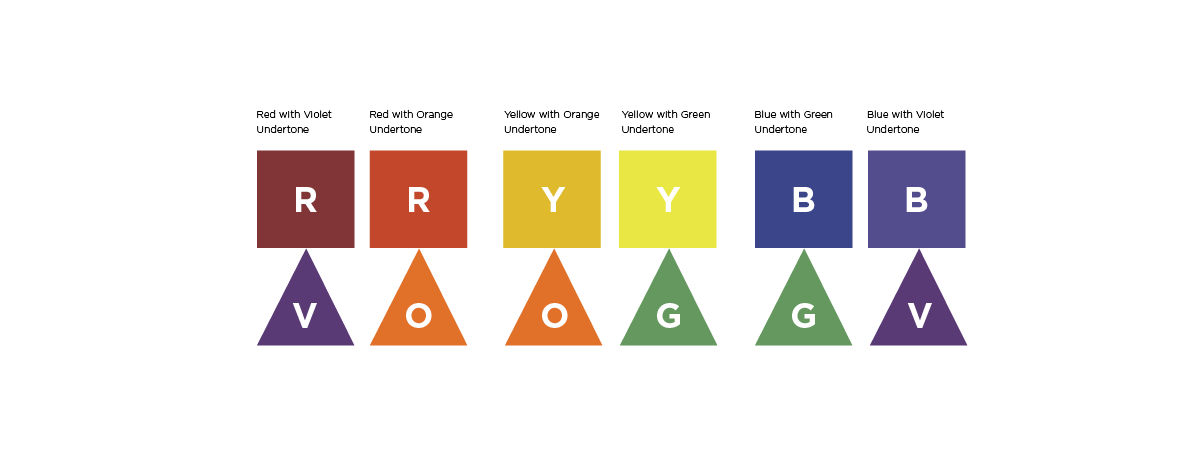Temperature is the warmth or coolness of a color. All colors fall somewhere along the spectrum, either warm or cool. While there is no universally agreed-upon, exact warmest or coolest color, there is a general consensus around approximately where "warmest" and "coolest" are found.
However, there are also warmer and cooler versions of each of these. For example, we have warm & cool yellows, warm & cool reds, warm & cool blues, etc.
Each of these primary colors has a hue bias, meaning that it has an undertone which leans toward one of secondary colors (orange, green, and violet). This color bias will affect how the pigment mixes with other pigments. If you’re looking for clean and bright color, you’ll want to mix colors with a similar undertone. If you want an earthier color, mixing colors of opposite undertones will do the trick.
For resolving this matter, it is best to try your own hand at mixing colors, using different combinations of blues and reds for example, to create the purest purple you can. However you decide to classify your colors, the important thing is being able to control what they do on the palette, how they mix with other colors, and how they relate to adjacent colors.
The temperature of a color is always a relative measure; a color can't be cool or warm by itself, it can only be "cooler than" or "warmer than" another color.



